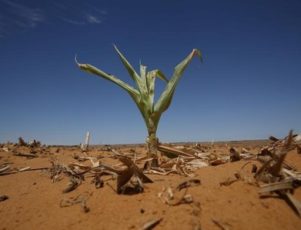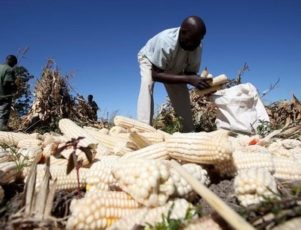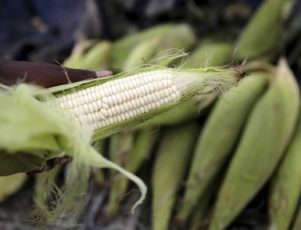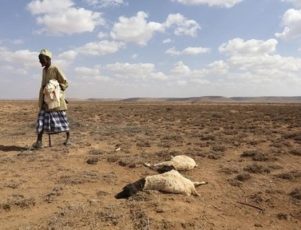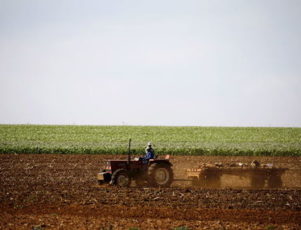RANDFONTEIN, South Africa (Reuters) – South Africa’s RCL Foods has completed a 123 million rand ($10 million) expansion at its pet food plant to help reduce its exposure to a poultry business hit by drought and cheap imports.
Food companies in South Africa have been struggling with an El Niño-induced drought that drove up the price of ingredients such as maize, while poultry farmers have also faced competition from Brazil, the European Union and the United States.
RCL is aiming to tap into the country’s 5 billion rand ($418 million) a year pet food industry, which is less exposed to individual commodities, as part of a strategy to diversify, CEO Miles Dally said at a plant visit late on Thursday.
“Ideally we would like less impact from things like drought and dumping,” he said.
“Our vision has always been clear, to create a major food business,” he added, referring to the pet food division.
RCL’s expansion in Randfontein, west of Johannesburg, will boost its pet food production to 12,000 tonnes per month from 7,000 tonnes.
The company, which saw first-half profit plunge 54 percent last year, this week reported an increase for the first six months of its current financial year, boosted by a decline in input costs and higher chicken prices.
The firm cited lower poultry imports, which were reduced in part by an outbreak of bird flu in Europe.
RCL’s pet food business, which has annual revenue of around 1 billion rand, aims to grow by as much as 20 percent per year, Dally said, adding the firm would look for acquisitions to bolster the business.
The company currently produces over 20 brands including Rainbow chicken products, Nola mayonnaise, Yum Yum peanut butter, Bobtail dog food and Selati sugar products.
RCL cut 1,350 jobs and reduced production by 50 percent at its Hammersdale factory in the KwaZulu-Natal province in November 2016 as the chicken imports and drought took a toll.
($1 = 11.9204 rand)
(By Tanisha Heiberg; Editing by James Macharia and Mark Potter)

